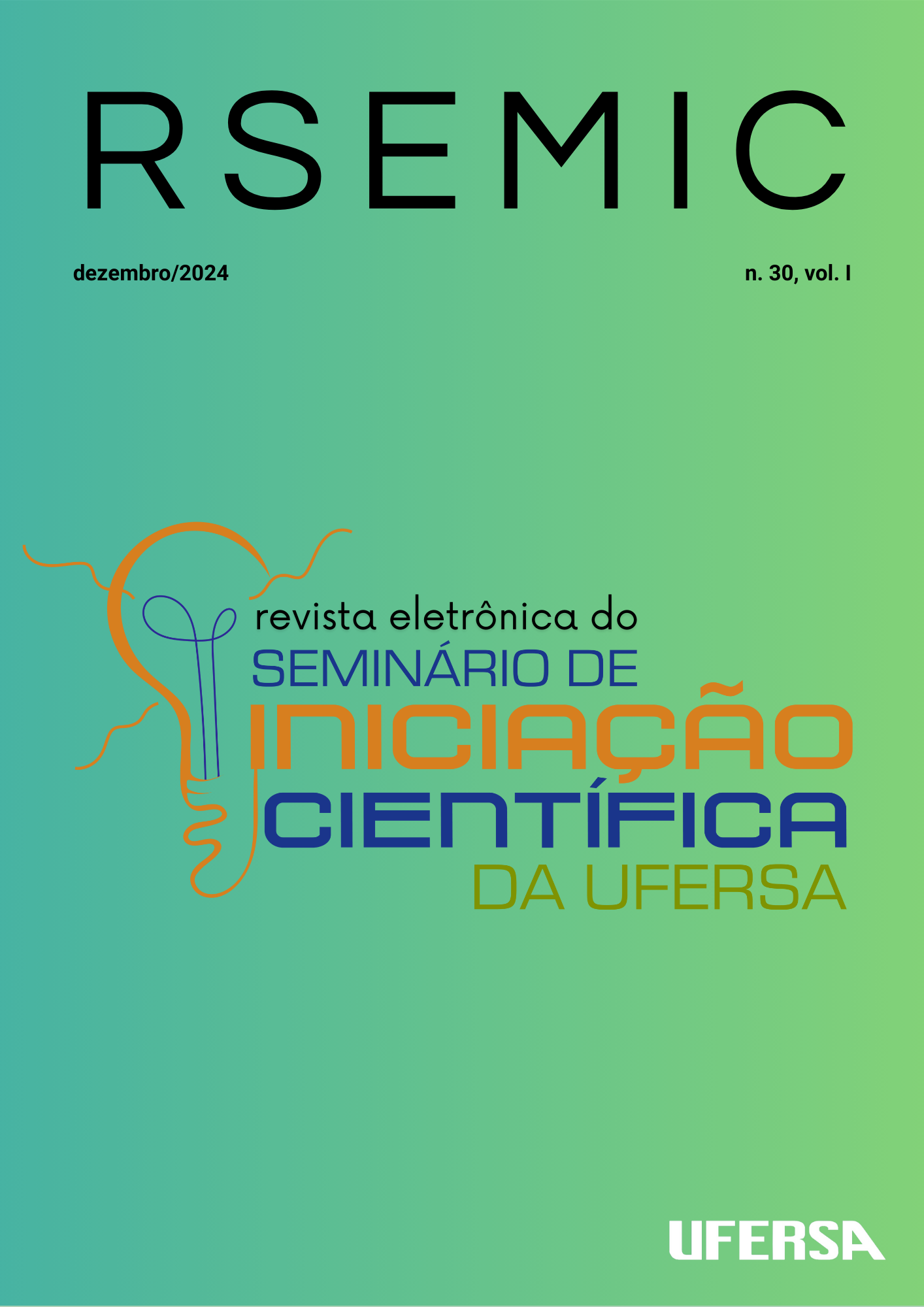Molhabilidade em superfícies de titânio embaladas em grau cirúrgico e tratadas com plasma atmosférico à frio.
Palavras-chave:
Plasma não-térmico, biomateriais, metais, biocompatibilidadeResumo
The wettability of implant surfaces is crucial for the osseointegration process, which is the stable union between the bone and the implant surface. This parameter is commonly measured by the sessile drop contact angle on the surfaces and determines their ability to spread liquids. This surface property influences the adsorption and conformation of proteins essential for adhesion and proliferation of osteoprogenitor cells during osseointegration. Cold atmospheric plasma (CAP) has been shown to be an efficient and economical technique to improve titanium wettability, thus increasing cell adhesion. However, exposure to air leads to the spontaneous formation of hydrocarbons that reduce this wettability. The present study aimed to evaluate the treatment of CAP on titanium (Ti) surfaces previously wrapped in surgical grade paper in order to prevent contamination and observe the time of this effect on surface wettability. For this purpose, titanium discs were embedded in crystal resin, sanded, polished, cleaned in an ultrasonic bath with ethanol, enzymatic detergent and water; subsequently stored in surgical grade and autoclaved for sterilization. After cooling, the surfaces were treated with a CAP jet at 13Kv and 600Hz, at a distance of 20mm for 15 minutes at room temperature. X-ray photoelectron spectroscopy (XPS) was used to evaluate the effect of the treatment on the chemical composition of the treated surface. Then, the samples were evaluated for their wettability by measuring the sessile drop angle. Angles were measured on different days after the application of CAP and were analyzed immediately after application (D0), one day (D1), three (D3) and five days (D5) after the CAP treatment. The XPS analysis showed oxidation of Ti and an increase in hydroxyls on the treated surfaces, important functional groups for water adsorption on the surface. The contact angle results obtained were on average 73.8 ± 0.93° for the samples in the control group that were not packaged or treated. The Ti samples that were packaged and treated and then analyzed immediately presented an average angle of 19.0 ± 3.42°. Those analyzed after the first day of treatment obtained an average angle of 23.3 ± 9.12°. Those measured three days after application presented an average of 30.4 ± 7.81°. Finally, the samples analyzed only after the fifth day of treatment obtained an average angle of 73.9 ± 5.58°. The contact angles of the treated surfaces were significantly lower than the control surface (p < 0.05), except in D5, when it was similar to the angle of the control surface. CAP treatment proved to be efficient in increasing the wettability of previously packaged surgical-grade Ti surfaces, and was also able to maintain this property for up to three days after treatment. This means that these samples can be used for longer in procedures, and it is also a versatile and easy-to-use alternative in clinics and surgical centers.

